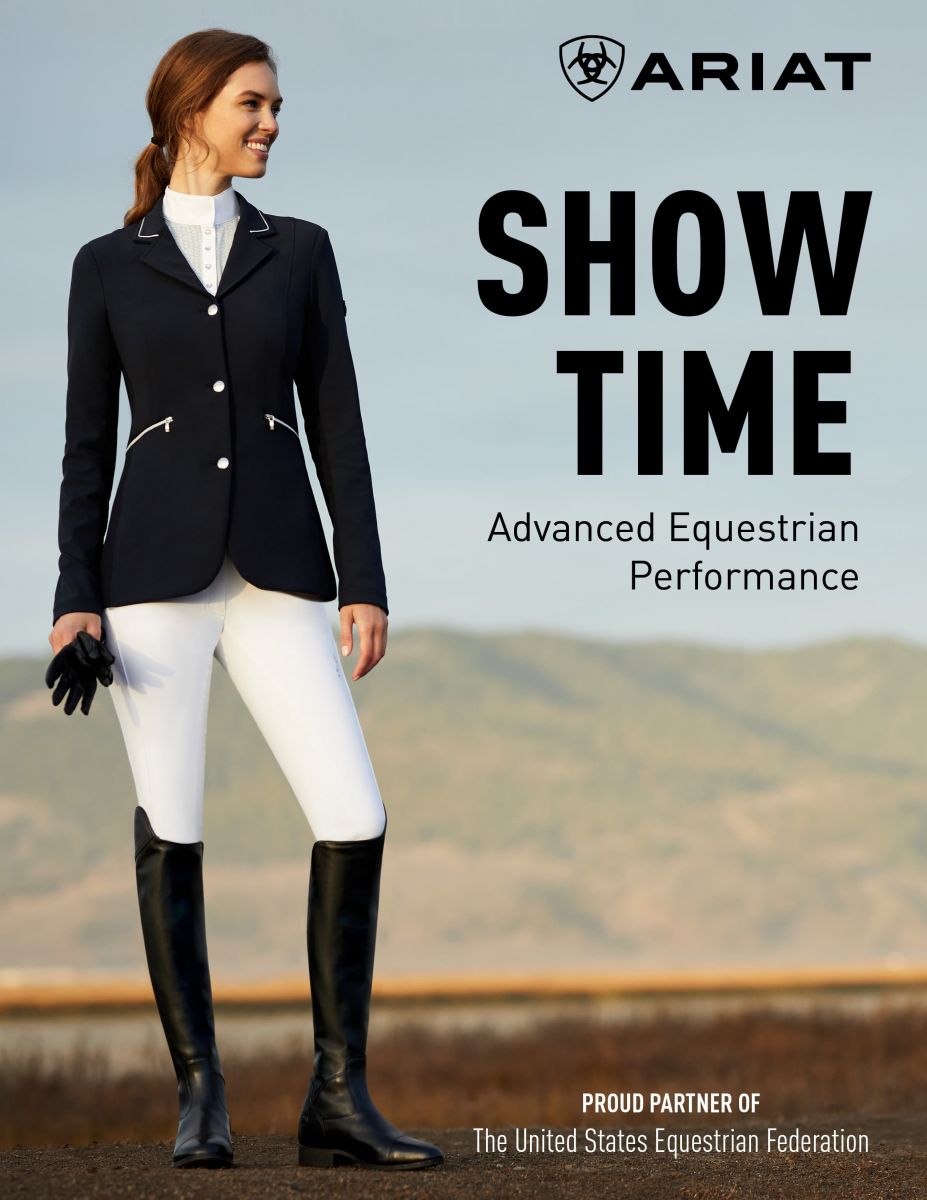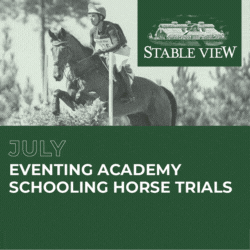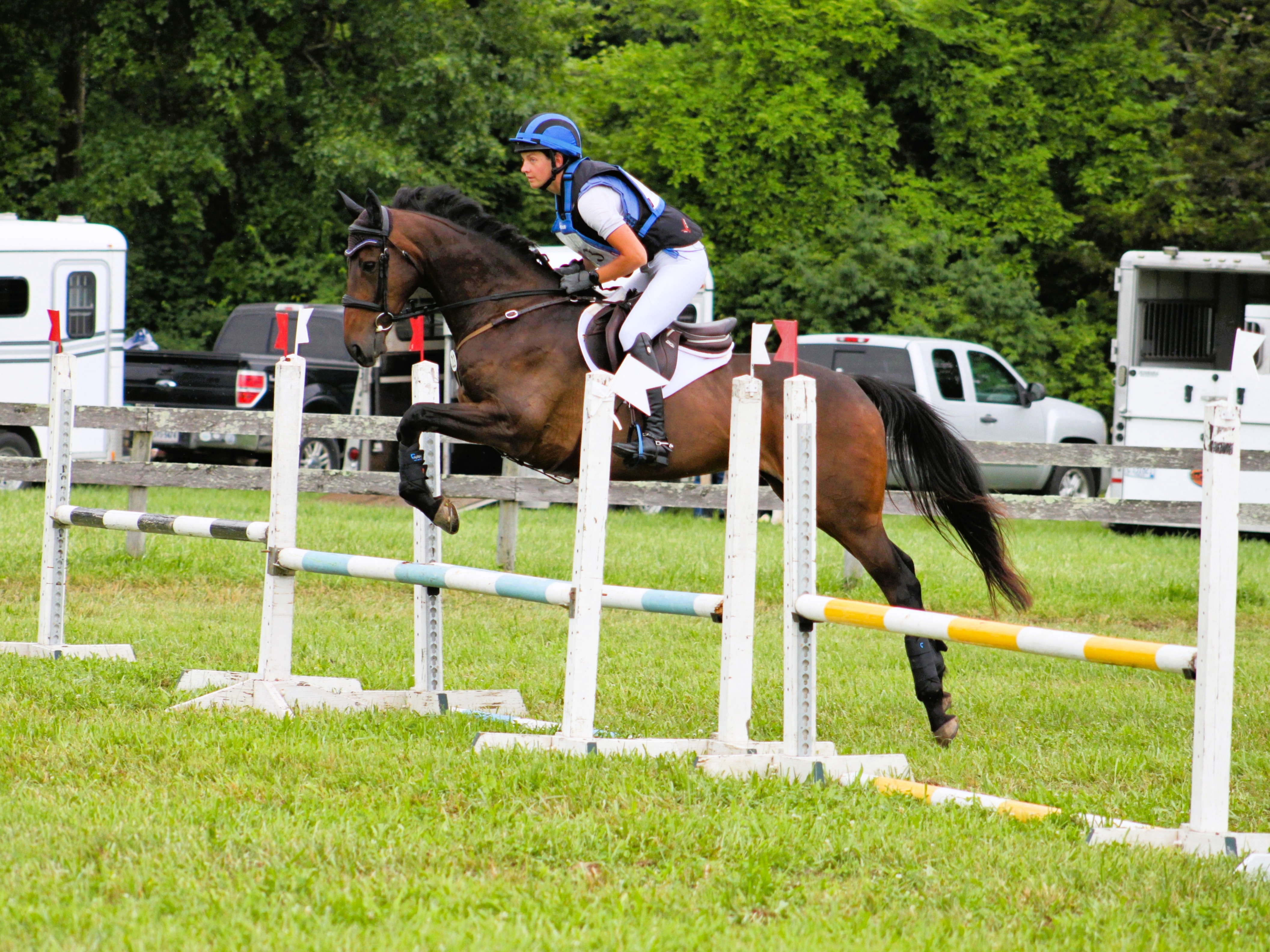Happy Monday! Let’s get right into the winners from the two recognized horse trials running over the weekend: Sporting Days in Aiken, Sc. and Three Lakes Ranch in Groveland, Fl. Our Unofficial Low Score Award winner from this weekend is Caroline Martin, who won the Open Training B at Three Lakes aboard Redfield Haras on a score of 20.2. The 5-year-old Irish Sport Horse has a handful of wins under his belt, but this is his first at Training level. Well done!
Also of note this weekend is the stallion Quiberon, who you may recognize from his hunter derby win with Doug Payne in the irons a few weeks back. This 5-year-old Approved ISR-Oldenburg NA stallion owned by Doug in partnership with John Cheadle, picked up his first Preliminary win this weekend at Sporting Days on a score of 28.5. Oh – and he also won his 1.10m jumper class a few weeks back. Talk about multi-talented!
Sporting Days H.T.: Final Results
Intermediate CT: Ashley MacVaugh and Reuben Rialto (32.8)
Open Preliminary: Kevin Keane and Clueso (31.1)
Preliminary Horse: Doug Payne and Quiberon (28.5)
Preliminary Rider: Meg Pellegrini and Cici Top (26.7)
Open Training: Savannah Fulton and Cash Point (23.6)
Preliminary/Training: Isabelle Bosley and Paper Doll (34.9)
Training Horse: Booli Selmayr and Highlight (27.7)
Training Rider A: Sophia Kager and Little Miss (33.2)
Training Rider B: Brooke Kahl and Nata Montada SCF (32.7)
Novice Rider: Victoria Baugh and Curioso (29.5)
Open Novice A: Adalee Ladwig and Argenta MSF (23.3)
Open Novice B: Doug Payne and Papa Pablo (27.1)
Beginner Novice Rider A: Lauren Myers and Fernhill Rodger That (31.5)
Beginner Novice Rider B: Cynthia Sansone and Accordingly (33.3)
Open Beginner Novice: Ashley Adams and Quicksilver Grans (27.8)
Starter: Michelle Brochu and Riker (39.8)
Three Lakes Ranch H.T.: Final Results
Intermediate/Preliminary: Liz Halliday-Sharp and Cooley Be Cool (25.5)
Open Preliminary A: Jacob Fletcher and 5o1 Hollywood Legend (31.5)
Open Preliminary B: Buck Davidson and Citigirl (26.5)
Preliminary Rider: Emery Reagan and Wallace Station (35.7)
Open Training A: Matthew Bryner and Quaden AF (21.4)
Open Training B: Caroline Martin and Redfield Haras (20.2)
Training Rider: Christa Schmidt and Chakiris Star (28.6)
Open Novice: Arielle Aharoni and Furst Queen (28.3)
Novice Rider A: Krista Wilson and Stella (28.3)
Novice Rider B: Sonia Gamache and Neo He’s The One (23.8)
Open Beginner Novice: Christiana Schultz and Alexa Dawn (27.5)
Beginner Novice Rider: Lilly Johnson and Eddie G (30.3)
Magic Mike placed third in his first ever recognized event at Novice level. After show jumping, he was sitting in first….
Posted by Justine Brooke on Saturday, February 6, 2021


























